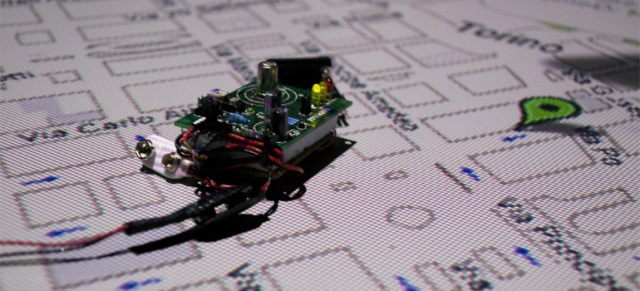Dec 3 2014
The world is catching on to the importance of the Internet of Things (IoT). But don’t panic if you’re not quite there yet, says UBC’s Rodger Lea. The adjunct professor in the Human Communication Technologies Laboratory says now is the time to pay attention as the IoT transforms how we live and work.
 The Internet of Things is the logical extension of the web, says UBC expert Rodger Lea. Photo: OpenSpime, Flickr
The Internet of Things is the logical extension of the web, says UBC expert Rodger Lea. Photo: OpenSpime, Flickr
What is the Internet of Things?
I see it as the logical extension of the web. The Internet went from big servers at universities and corporations, into people’s homes on their PCs, and then onto smart phones and tablets. The next step is connecting the billions of real world objects that we use in our everyday lives – from fridges, plants and shoes in the home, to cars, machinery and factories. The IoT is about connecting them all and allowing all sorts of everyday objects to send data over the Internet.
What can it do?
Literally anything on the planet. Some things can be set up to report data constantly, such as a water moisture sensor in a field that tells a farmer when the ground needs to be irrigated, or a coffee machine that announces when the coffee’s brewed.
Other things can be more passive, for example a cow can be connected with a tag that pings when the cow passes a sensor, so the farmer can track the animal’s whereabouts. An example that most of us are familiar with is parcel tracking, which has been around for years – passive tags on parcels track their progress allowing us to know where the parcel actually is in real time.
What’s clear is the IoT isn’t coming – it’s already here.
One area that UBC is very actively researching is the coming Digital or Smart City. As things in the city – lights, buses, buildings, people, water mains, cars – become increasingly connected, we have a fantastic opportunity to deliver better services to citizens by making cities more responsive to their needs. Imagine if streetlights recognized pedestrians and brightened as they passed. Or if the transportation network was integrated and smart enough to adjust traffic signals based on demand, reroute cars and buses based on delays, and increase transit dynamically based on line-ups.
A fully integrated Smart City’s infrastructure – water, sewage, electric – could “self report”. That data would allow engineers to predict failure and save money through targeted maintenance rather than just fixing systems when they break.
More examples of the power of the Internet of Things can be explored further at www.urbanopus.net
Should we be concerned about our privacy and security?
By now many people have heard alarming stories of home appliances being hacked, machinery taken over – it’s a concern. But you need to take it with a grain of salt. Security fears aren’t any bigger with the IoT than with any other new technology. That’s not to say we should ignore the issue. We should certainly be having discussions as a society so that we’re not just playing privacy catch-up, like we have done with social media.